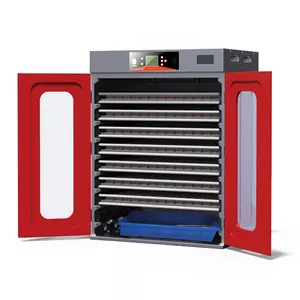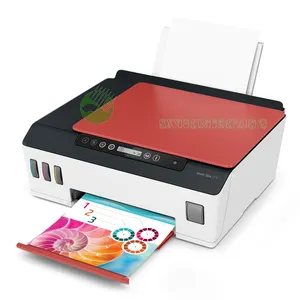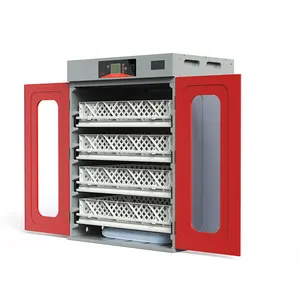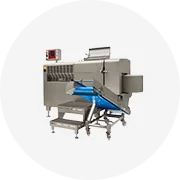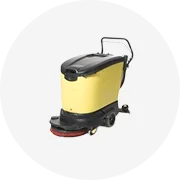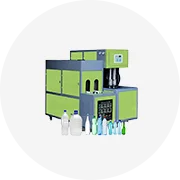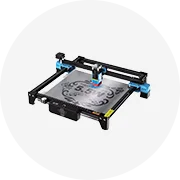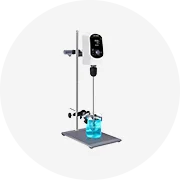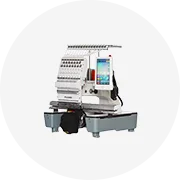Populer di industri Anda








































































Pencarian Terkait:

































































































































































Kategori terbaik
Tentang pigmen untuk industri kaca
Alibaba.com menawarkan produk yang tahan lama dan nyaman. pigmen untuk industri kaca untuk menampung semua jenis hewan peliharaan di rumah atau penampungan hewan peliharaan Anda. Ini. pigmen untuk industri kaca terbuat dari kualitas tahan lama dan dikenal sangat luas dalam menyediakan tempat berlindung yang nyaman. Ini ditebar kokoh. pigmen untuk industri kaca mudah dilipat dan portabel ke bagian mana pun dari rumah atau tempat penampungan hewan peliharaan Anda. Beli produk yang kuat dan berkelanjutan ini dari pemasok terkemuka dan grosir terpercaya di situs dengan harga terjangkau.
Hewan peliharaan selalu dicintai oleh setiap keluarga dan jika Anda mendapatkan kenyamanan seperti ini. pigmen untuk industri kaca, tingkat kenyamanan mereka dua kali lipat. Kualitas yang menakjubkan ini. pigmen untuk industri kaca dimaksudkan tidak hanya untuk hewan peliharaan tetapi untuk jenis hewan lainnya bahkan di kebun binatang. Ini. pigmen untuk industri kaca terbuat dari bahan kualitas optimal seperti baja tahan karat, besi galvanis, plastik kokoh, dan kayu asli yang dapat bertahan lama dan cukup berkelanjutan untuk menahan semua jenis tekanan dan gangguan eksternal .
Alibaba.com menampilkan semua jenis. pigmen untuk industri kaca yang dapat diakses dalam berbagai variasi bentuk, ukuran, warna, desain, dan kapasitas ruang. Ini tak tertandingi dan super nyaman. pigmen untuk industri kaca hadir dengan fitur yang luar biasa juga, membuatnya unik. Anda juga bisa mendapatkan tangan Anda. pigmen untuk industri kaca yang memberikan kenyamanan yang sama di semua jenis cuaca atau musim dan dilengkapi dengan perawatan permukaan yang kuat.
Jelajahi berbagai menarik. pigmen untuk industri kaca di Alibaba.com yang dapat membantu Anda menghemat banyak uang untuk pembelian produk ini. Produk-produk ini ditawarkan sebagai pesanan OEM oleh pemasok dan Anda juga dapat memilih kemasan khusus bersama dengan pengiriman cepat. Produknya bersertifikat ISO, SGS, dan CE untuk keaslian dan keandalan.
